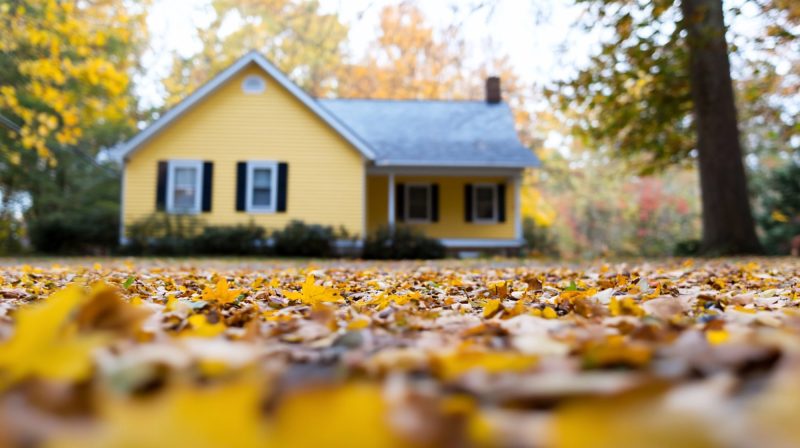Fall in Northern Colorado (NoCo) is one of the most beautiful times of the year. The days are crisp, the air smells of woodsmoke, and the mountains turn golden with aspens that shimmer in the breeze. It’s also a season filled with pumpkin patches, harvest festivals, and cozy weekends at home. But while autumn is easy to enjoy, it’s also a critical time for homeowners to prepare for what comes next. Winter here can be unpredictable, sometimes bringing a sudden October snowstorm, other times delivering months of freezing nights, heavy snow, and dry winds.
By tackling a few important maintenance projects now, you’ll set your home up for a safer, warmer, and more efficient winter. Simple tasks, like cleaning gutters, sealing windows, or servicing your furnace, can prevent expensive problems down the road. Others, like trimming trees or protecting pipes, reduce the risk of emergency repairs when the weather is at its harshest. With the right preparation, you’ll not only protect your investment but also enjoy peace of mind knowing your home is ready to handle whatever the Northern Colorado climate throws its way.
1. Inspect and Clean Gutters
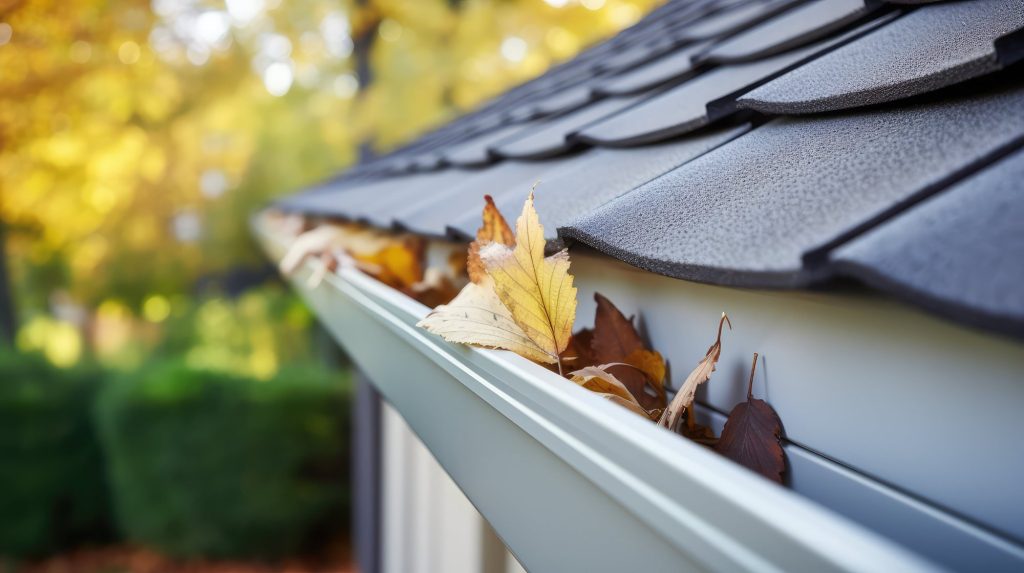
Falling leaves may be beautiful against the backdrop of NoCo’s golden autumn skies, but they can create serious problems for your home if they clog your gutters and downspouts. When debris builds up, rainwater and melting snow have nowhere to go, which can lead to overflowing gutters, water pooling near your foundation, and even basement leaks. Ice dams are another concern – when clogged gutters trap water that later freezes, it can cause roof damage and leaks inside your home.
To stay ahead of these issues, set aside time in the fall to thoroughly clean your gutters and flush out the downspouts. A sturdy ladder, gloves, and a garden hose usually get the job done, but for two-story homes or hard-to-reach spots, it may be safer to hire a professional. Once the gutters are clear, check that downspouts extend at least three feet away from your foundation. This simple task can save you thousands in potential water damage repairs over the winter.
2. Check Your Roof
Your roof is your home’s first line of defense against snow, ice, and wind, so it’s critical to inspect it before winter arrives. Start by looking for missing or curling shingles, cracked flashing, or areas where water may be pooling. These weak spots can easily turn into leaks when covered with heavy snow. Pay attention to valleys and edges where snow tends to accumulate, as these are common areas for damage.
If you’re not comfortable climbing onto the roof yourself, use binoculars to check from the ground or call in a roofing professional. Many companies in Northern Colorado offer seasonal roof inspections that can identify problems before they become costly repairs. Taking care of small issues now will save you from dealing with emergency leaks during a January snowstorm.
3. Seal Windows and Doors
Drafty windows and doors are not only uncomfortable but also drive up your energy bills. In NoCo, where temperatures can drop rapidly, even a small gap can let in a significant amount of cold air. Walk through your home and check for visible cracks in caulking or weatherstripping. You might also feel for drafts by running your hand along the edges of windows and doors.
Replacing old weatherstripping is inexpensive and easy to do yourself, while caulking can seal more stubborn gaps. For older windows, consider adding storm windows or using window film for extra insulation. By tightening up your home now, you’ll stay warmer all winter while reducing the strain on your furnace.
4. Service Your Heating System
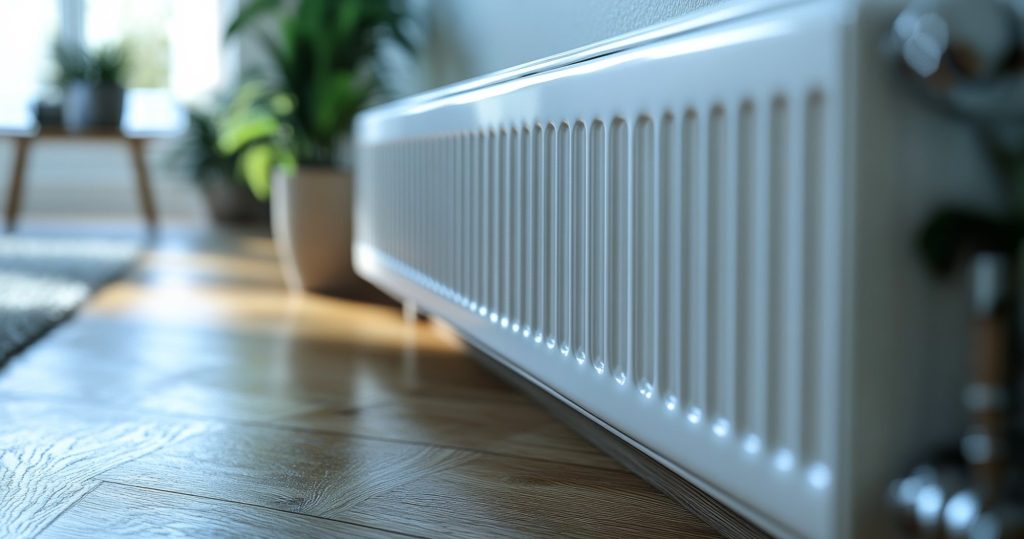
Nothing is worse than waking up to a freezing house on a snowy NoCo morning because your furnace suddenly quit. Fall is the perfect time to schedule a professional inspection and tune-up before the temperatures plunge. A trained technician will clean the burners, check for carbon monoxide leaks, lubricate moving parts, and test the system for efficiency. This preventative maintenance not only reduces the risk of unexpected breakdowns but also helps your furnace run more smoothly, saving you money on energy bills throughout the winter. Even newer systems benefit from annual servicing, as small issues can be caught early before they grow into costly repairs.
Homeowners should also do their part by keeping up with routine care. Replacing furnace filters every one to three months improves airflow, boosts efficiency, and reduces dust and allergens in your home. If you have a programmable thermostat, adjust it for fall and winter settings to make sure you’re not wasting energy when you’re away or sleeping. For homes with older heating systems, it may also be a good idea to start budgeting for a replacement in the next few years, especially since Northern Colorado winters can be harsh. Staying proactive with your heating system ensures your home stays cozy and comfortable, no matter how low the temperatures drop.
5. Protect Exterior Plumbing
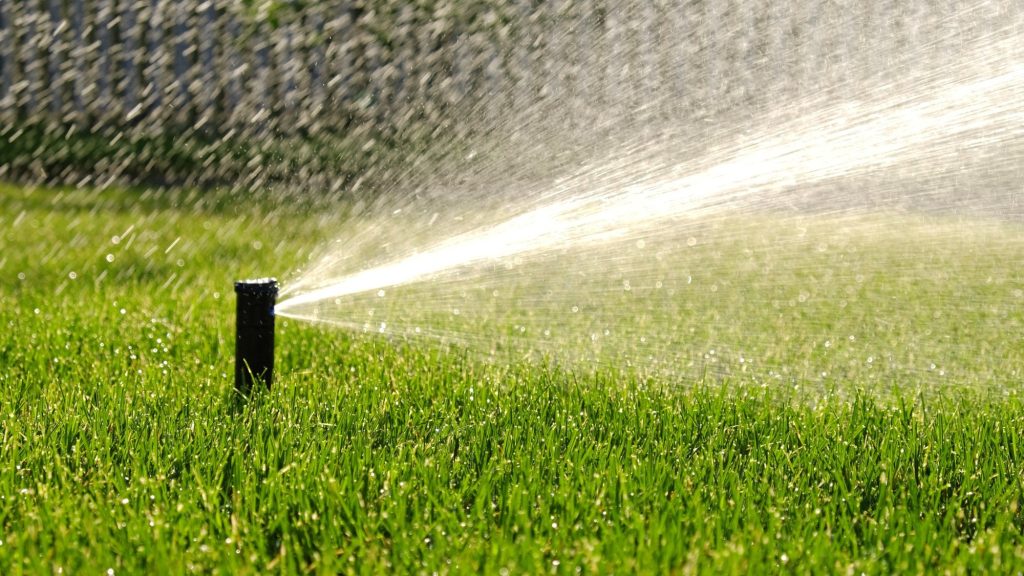
Frozen pipes are one of the most common and costly winter problems for homeowners. Start by disconnecting garden hoses from outdoor faucets and draining them before storing them away. Shut off water to exterior spigots if possible, then install insulated covers for extra protection. Sprinkler systems should also be blown out to prevent water from freezing in underground lines.
If you have pipes in unheated areas like garages or crawl spaces, consider adding pipe insulation to reduce the risk of freezing. Northern Colorado weather can be unpredictable, with sudden cold snaps in October or November, so it’s best to prepare early. A little effort now can save you from the nightmare of burst pipes and water damage later.
6. Clean and Inspect the Fireplace
Few things capture the charm of a Northern Colorado fall like sitting by a warm fire on a chilly evening. But before you strike a match, it’s essential to make sure your fireplace and chimney are clean and safe to use. Over time, creosote, a highly flammable byproduct of burning wood, builds up inside the chimney. If it isn’t removed, it can lead to dangerous chimney fires. Scheduling a professional chimney sweep each fall ensures that creosote, soot, and any obstructions, such as bird nests or leaves, are cleared out. A technician will also inspect the flue, damper, and masonry for damage, helping you avoid smoke problems or costly repairs later in the season.
Don’t overlook the fireplace itself, whether it’s wood-burning, gas, or electric. Wood-burning fireplaces should have their hearths cleaned and any cracked bricks or mortar repaired to maintain safety and efficiency. For gas fireplaces, fall is the ideal time to check connections, test the ignition, and make sure the glass is intact and free of buildup. Even electric models benefit from a quick inspection to ensure heating elements and fans are working properly. By investing a little time in maintenance now, you can enjoy cozy fires all winter long without worrying about hazards, drafts, or inefficiency.
7. Test Smoke and Carbon Monoxide Detectors
With heating systems and fireplaces running more often in fall and winter, the risk of fire or carbon monoxide exposure increases. That makes working detectors essential. Take time to test each smoke and carbon monoxide detector in your home, replacing batteries even if they still seem to work. Most devices should be replaced every seven to 10 years, so check the manufacturer’s date and upgrade if necessary.
For extra peace of mind, consider interconnected detectors that trigger all alarms when one detects danger. Place detectors on every level of your home, especially near bedrooms. This simple step can be life-saving and ensures your family stays protected through the colder months.
8. Rake and Mulch Leaves
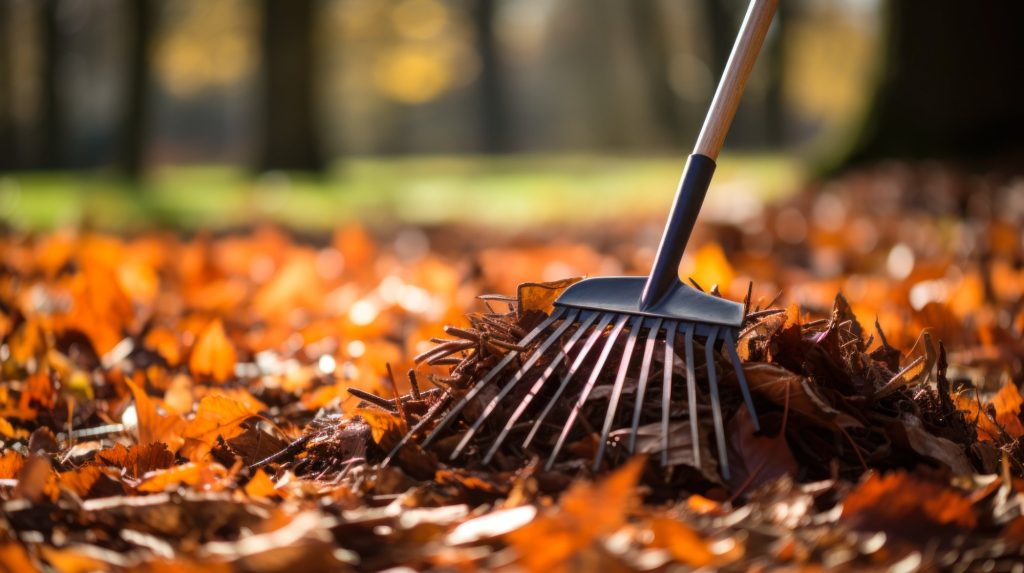
A carpet of colorful fall leaves might make your yard look picture-perfect, but if left unattended, it can smother your lawn and create problems come spring. When leaves pile up and form a thick mat, they block sunlight and trap moisture, which encourages mold growth and lawn diseases. This not only leaves you with dead spots in your grass but also means extra work to restore your yard’s health when the snow melts. Regular raking throughout the fall keeps your yard neat, prevents buildup, and makes leaf management more manageable than waiting until the last minute.
Instead of bagging all those leaves, consider putting them to work for you. Running a mulching mower over leaves chops them into small pieces that break down naturally, returning valuable nutrients to the soil. You can also gather them for composting or spread them around flower beds and gardens as a protective mulch layer. This helps insulate plant roots against sudden freezes and enriches the soil for next year’s growing season. By turning a seasonal chore into a sustainable practice, you’ll not only keep your yard healthy but also make your landscape greener, both environmentally and literally.
9. Check Insulation
Proper insulation is key to keeping your home comfortable and energy-efficient during NoCo’s cold winters. Start by checking the attic, where heat loss is most common. Look for gaps, thin spots, or insulation that has shifted over time. Basements and crawl spaces can also be major sources of drafts, so don’t overlook these areas.
Adding more insulation can be a worthwhile investment, lowering heating costs and preventing ice dams on the roof. While it may require an upfront expense, the long-term savings and comfort are well worth it. An energy audit from a local professional can identify problem areas and recommend the best solutions for your home.
10. Prepare Outdoor Furniture and Equipment
Patio furniture, grills, and lawn equipment can be damaged by exposure to snow, ice, and freezing temperatures. Clean and dry these items thoroughly before storing them in a garage, shed, or basement. If storage space is limited, use durable, weatherproof covers to protect them from the elements.
Don’t forget to winterize tools like lawnmowers and trimmers by draining fuel and performing basic maintenance. This ensures they’ll be ready to go when spring arrives. Taking time now to properly store your outdoor items extends their lifespan and saves you money on replacements.
11. Trim Trees and Shrubs
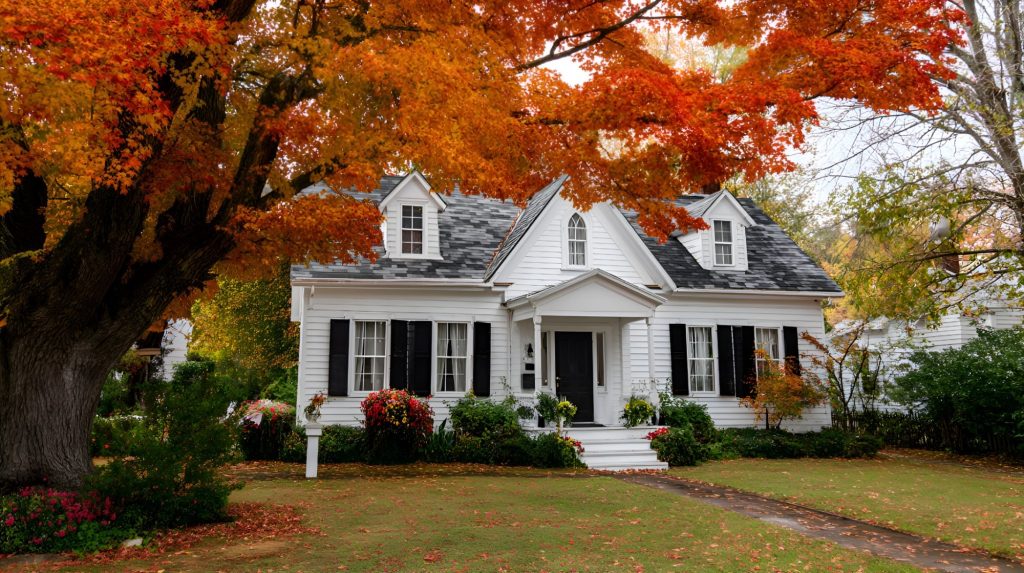
Winter weather in Northern Colorado can be hard on your landscaping, and trees with weak or overgrown branches pose a real hazard when snow and ice start to accumulate. Heavy, wet snow is common in this region, and even healthy branches can snap under the added weight. If those limbs are hanging over your roof, driveway, or power lines, they could cause costly damage or even create a safety risk. Taking time in the fall to trim back vulnerable branches not only protects your property but also gives your trees a cleaner, healthier shape heading into the dormant season.
Shrubs, hedges, and smaller plants benefit from fall pruning as well. Removing dead growth and shaping them properly helps them withstand strong winds and heavy snow without breaking or becoming misshapen. For larger trees, especially older ones or those near structures, it’s wise to call in a certified arborist who can safely remove hazardous limbs and check the overall health of the tree. Proactive trimming ensures your yard looks well cared for and prevents winter storms from turning minor landscaping issues into major headaches.
Final Thoughts: Get Ahead Before Winter Arrives
Fall is a season of transition, and in Northern Colorado, it’s also your last window to get your home ready for months of snow, ice, and freezing temperatures. By completing these maintenance tasks now, you’ll save yourself the stress of emergency repairs in the dead of winter and ensure your home is as energy-efficient and comfortable as possible. Think of it as a proactive investment, one that pays off in lower utility bills, fewer headaches, and a safer property when the weather turns harsh.
Even better, once your fall checklist is complete, you can truly relax and enjoy everything this season has to offer. From weekend hikes among golden aspens to evenings by the fireplace with a warm drink, autumn is meant to be savored. With your home in top shape, you’ll have peace of mind knowing you’re prepared for winter storms, and you can focus on making memories with family and friends. A little effort now ensures a smoother, cozier season ahead.

